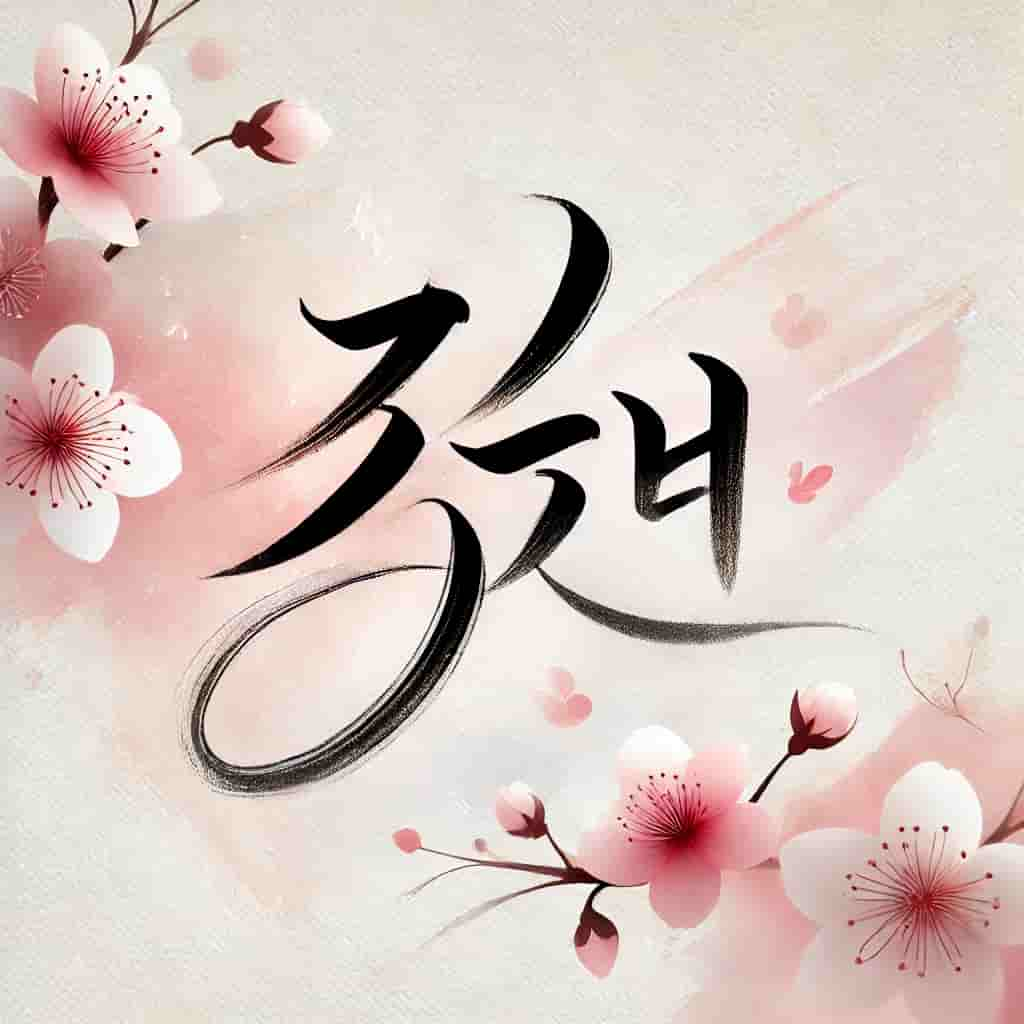# Consonants (자음)
Korean has 14 basic consonants that are the building blocks of the language. Each consonant has a distinct sound and shape that can combine with vowels to form syllables.
**ㄱ (g/k)**: This consonant is pronounced like a soft “g” in “go” or “k” in “kite” when it appears at the beginning of a word.
**ㄴ (n)**: Pronounced like “n” in “no.”
**ㄷ (d/t)**: Sounds like a soft “d” in “dog” or “t” in “top” at the beginning of a word.
**ㄹ (r/l)**: Pronounced as a flap “r” or “l,” similar to the “tt” in “butter” in American English.
**ㅁ (m)**: Sounds like “m” in “moon.”
**ㅂ (b/p)**: Pronounced like a soft “b” in “boy” or “p” in “pot” at the beginning of a word.
**ㅅ (s)**: Sounds like “s” in “sun.”
**ㅇ (silent/ng)**: Silent when it appears at the beginning of a syllable, but sounds like “ng” in “song” when at the end.
**ㅈ (j)**: Pronounced like “j” in “jump.”
**ㅊ (ch)**: Sounds like “ch” in “chop.”
**ㅋ (k)**: Pronounced like “k” in “kite.”
**ㅌ (t)**: Sounds like “t” in “table.”
**ㅍ (p)**: Pronounced like “p” in “pen.”
**ㅎ (h)**: Sounds like “h” in “hat.”
## Vowels (모음)
Korean has 10 basic vowels, each with a distinct sound. These vowels can also combine with each other to form compound vowels.
**ㅏ (a)**: Pronounced like “a” in “father.”
**ㅑ (ya)**: Sounds like “ya” in “yarn.”
**ㅓ (eo)**: Pronounced like “u” in “cup.”
**ㅕ (yeo)**: Sounds like “yo” in “yawn.”
**ㅗ (o)**: Pronounced like “o” in “so.”
**ㅛ (yo)**: Sounds like “yo” in “yoga.”
**ㅜ (u)**: Pronounced like “oo” in “moon.”
**ㅠ (yu)**: Sounds like “yu” in “yule.”
**ㅡ (eu)**: Pronounced like “u” in “put.”
**ㅣ (i)**: Sounds like “ee” in “see.”
### Combining Consonants and Vowels
In Hangul, consonants and vowels combine to form syllabic blocks. Each block consists of at least one consonant and one vowel. For example:
**가 (ga)**: ㄱ + ㅏ
**나 (na)**: ㄴ + ㅏ
**다 (da)**: ㄷ + ㅏ
**라 (ra/la)**: ㄹ + ㅏ
**마 (ma)**: ㅁ + ㅏ

The structure of Hangul makes it easy to learn and intuitive, as each syllable block represents a complete sound unit, allowing for clear and efficient reading and writing.